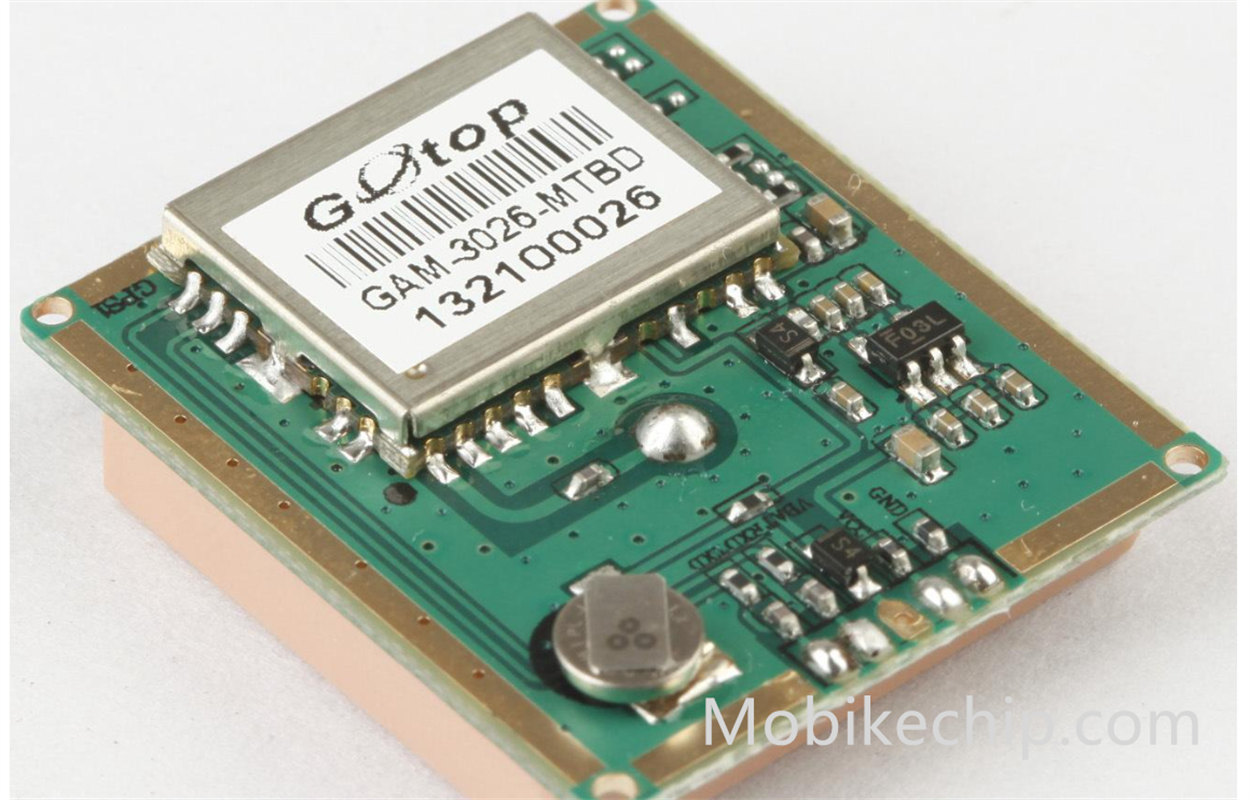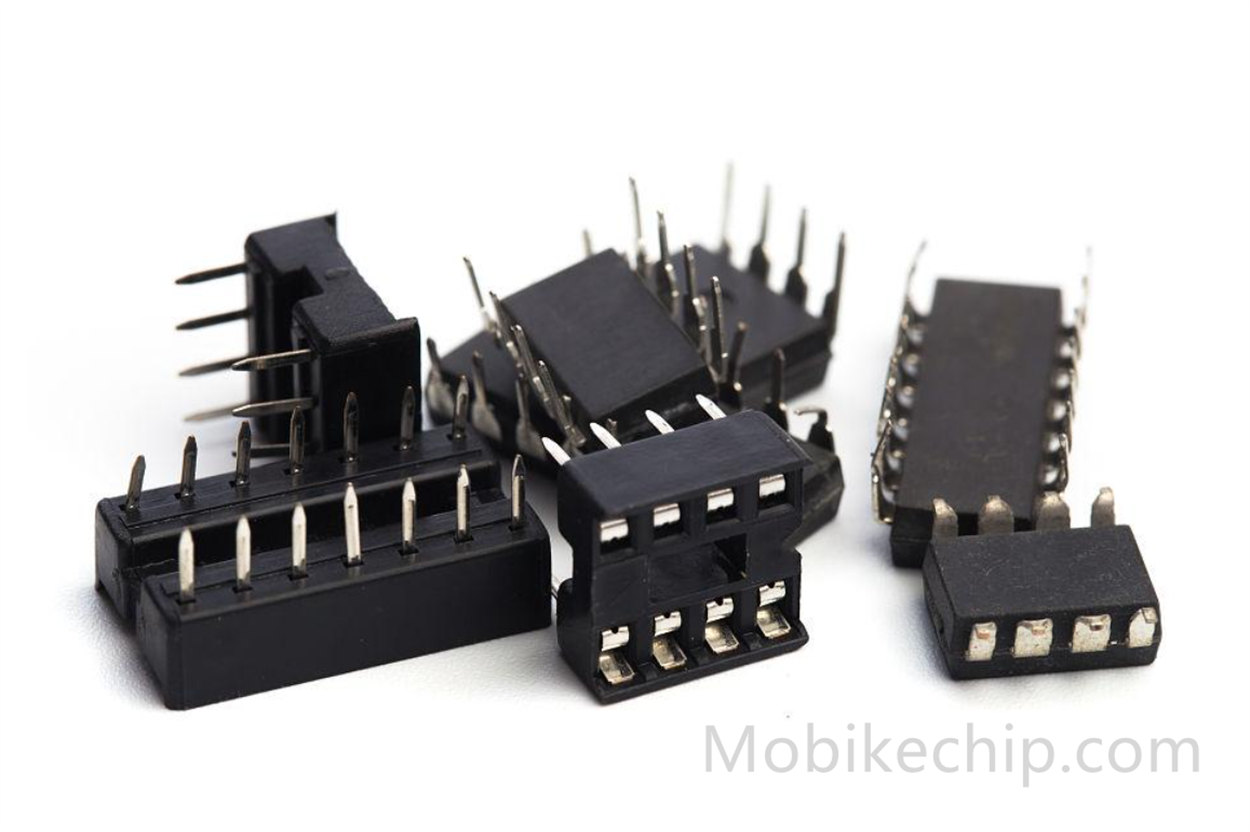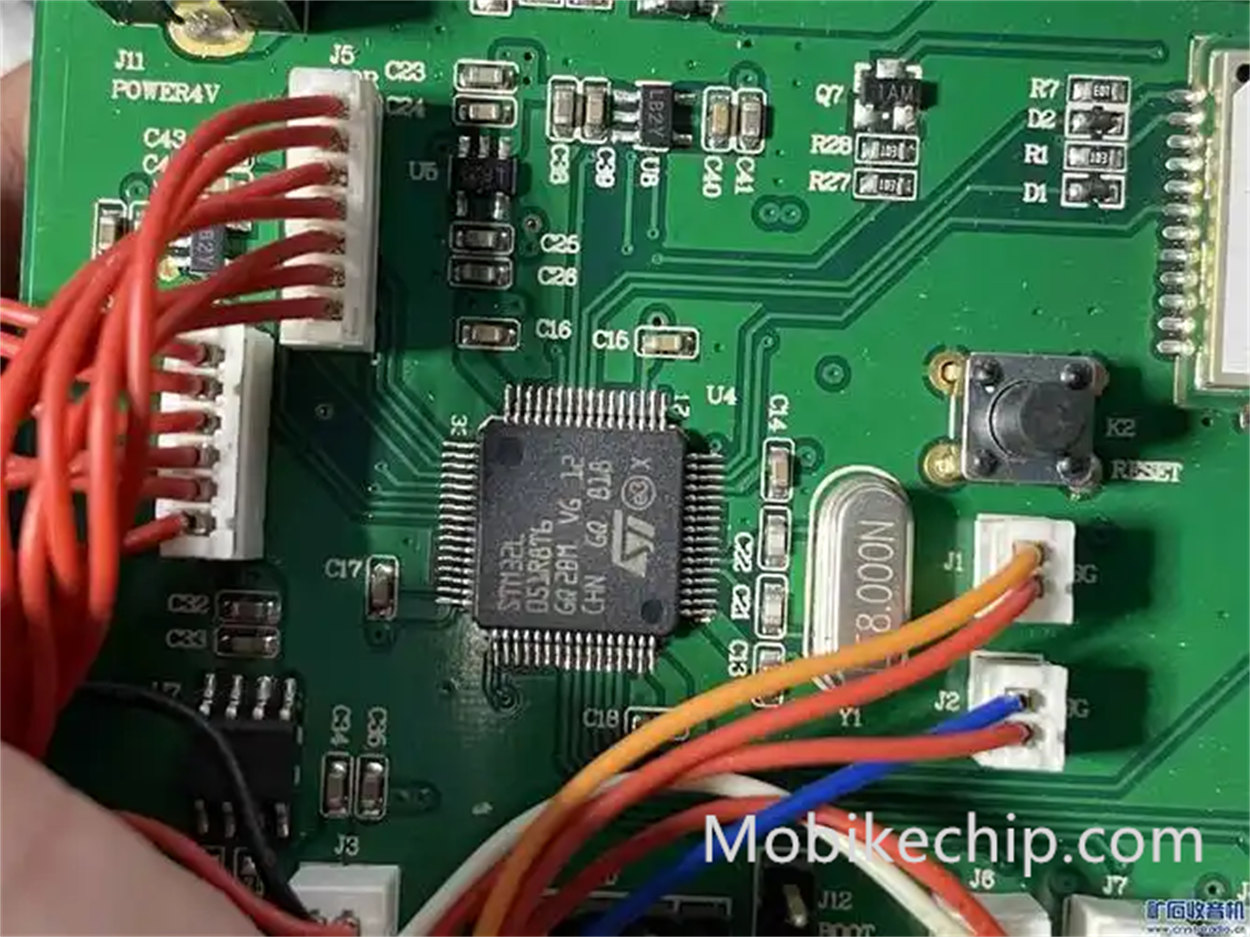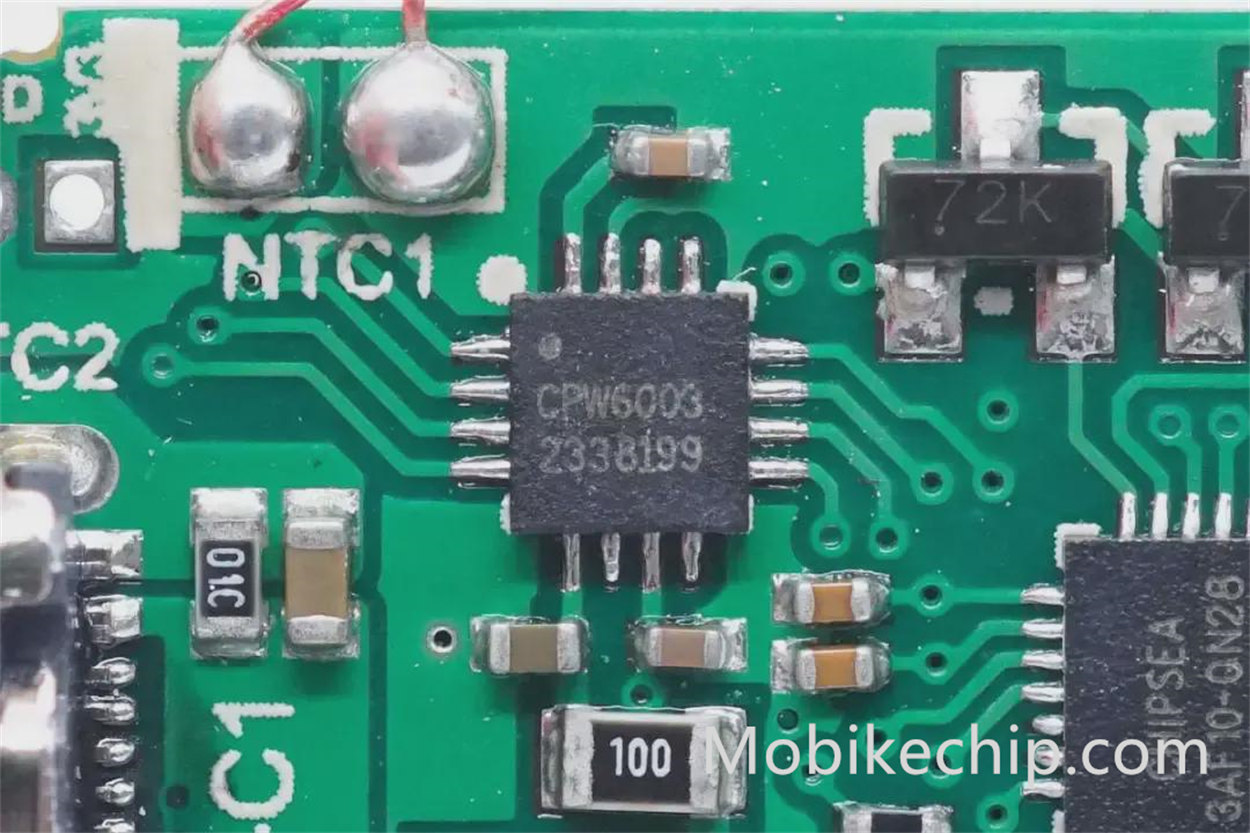Signal Buffers Chips: Ensuring Reliable Data Transfer and Signal Integrity
Signal integrity is critical in modern electronic systems, where signals must be transmitted over long distances or through complex circuit boards. One of the key components used to maintain this integrity and improve signal transmission is the signal buffer chip. Signal buffers are essential in ensuring that data signals are transferred without degradation or loss, especially in high-speed or complex systems.
In this article, we will delve into the technical principles behind signal buffer chips, explore their various types, and highlight their applications across different industries. We will also discuss how these chips play a pivotal role in maintaining signal integrity and optimizing performance in various electronic designs.

What is a Signal Buffer Chip?
A signal buffer chip is an electronic component that amplifies and stabilizes signals to ensure they can travel across circuits or communication systems without losing strength or quality. Signal buffers are designed to isolate the input from the output and provide a high-impedance output, which prevents signal interference from surrounding circuits. They are commonly used to drive signals through long cables or high-speed digital systems where signal degradation could be detrimental.
Signal buffers are integral to many types of electronic systems, including communication devices, computing systems, and automotive electronics, where they help to ensure that data remains accurate and reliable.
How Do Signal Buffer Chips Work?
Signal buffer chips operate on the principle of signal isolation and amplification. Let’s break down their core functions:
1. Signal Amplification
Signal buffers boost weak signals so they can be transmitted across greater distances without degradation. This amplification is especially crucial in high-speed digital systems, where the signals must travel long distances across circuit boards or cables. A weak signal that is not properly amplified can result in errors or lost data, making amplification an essential part of data transmission.
2. Impedance Matching
Impedance mismatch is one of the most common causes of signal loss and reflections. Signal buffers provide impedance matching, ensuring that the signal can flow smoothly between different circuit stages. By ensuring that the impedance of the buffer matches that of the driving and receiving circuits, the signal is transmitted efficiently, preventing reflections and losses.
3. Isolation
Signal buffers isolate the input from the output. This isolation is vital because it prevents the input circuitry from being affected by the conditions in the output stage, and vice versa. It also protects the sensitive components of the system from high-voltage spikes or noise generated by other components.
4. Drive Capability
Signal buffers increase the driving capability of a signal. In high-speed circuits, a signal might need to drive multiple loads, such as multiple inputs in a parallel bus system. A signal buffer increases the current driving capability to ensure the signal can drive multiple inputs without significant degradation.
Types of Signal Buffer Chips
Signal buffer chips come in various types, each designed to address specific needs based on the application. Let’s explore the main types of signal buffers available:
1. Digital Signal Buffers

Digital signal buffers are primarily used in digital circuits where high-speed signals need to be routed across various components without degradation. These buffers ensure that digital signals, such as those in logic circuits, can be transmitted accurately and with minimal delay.
Key Features:
- Fast switching times for high-speed applications
- Low-power consumption
- Used in logic circuits, memory devices, and clock distribution systems
Applications:
- Data buses in computers and embedded systems
- Communication between digital devices in networks
- High-speed data processing in servers and storage systems
2. Analog Signal Buffers
Analog signal buffers are designed to work with analog signals, which are continuous and can vary in amplitude. These buffers ensure that the integrity of the signal is maintained, even when the signal is passed through long cables or complex circuit paths.
Key Features:
- Low noise and high linearity for analog signal preservation
- High input impedance and low output impedance
- Used in signal conditioning, audio amplification, and analog communication systems
Applications:
- Audio signal transmission in audio equipment
- Video signal buffers for TVs and display systems
- Industrial sensors and measurement systems
3. Voltage-Level Buffers
Voltage-level buffers are designed to interface signals that operate at different voltage levels. For instance, when working with systems that use different voltage standards (e.g., 3.3V and 5V), voltage-level buffers help ensure that the signal remains within the correct range without damaging sensitive components.
Key Features:
- Compatible with various voltage standards
- Ensures safe and accurate signal transmission across systems with different voltage levels
- Provides bidirectional signal amplification
Applications:
- Interfacing between different voltage logic systems (e.g., interfacing 3.3V systems with 5V systems)
- Communication between microcontrollers and peripheral devices
- Voltage translation in mixed-voltage systems
4. Bus Drivers and Bus Buffers
Bus drivers and bus buffers are specialized signal buffers designed to drive or buffer the signals in bus systems, such as in computer systems or microprocessor-based designs. These buffers ensure that the signal strength remains consistent even when driving multiple devices on a shared bus.

Key Features:
- Drive capability for multiple devices
- Enhanced protection against short circuits or over-voltage conditions
- Typically used in applications with multi-device buses
Applications:
- Computer motherboards and peripheral buses
- Multi-device communication systems in embedded designs
- Automotive data bus systems
Applications of Signal Buffer Chips
Signal buffer chips are widely used across various industries to ensure reliable signal transmission and maintain data integrity. Below are some key applications where signal buffers play a critical role:
1. Networking and Telecommunications
In networking and telecommunications, high-speed data transmission is essential for maintaining connectivity and ensuring that data packets reach their destination without errors. Signal buffers are used in networking equipment, such as routers, switches, and transmission lines, to ensure that signals are transmitted cleanly over long distances.
- Signal Boosting: Buffers are used to boost the signal in Ethernet or fiber-optic communication systems.
- Impedance Matching: Signal buffers ensure smooth transitions between various network components with different impedance levels.
2. Computing and Embedded Systems
In computing and embedded systems, signal buffers are used to transmit data between different components, ensuring that signals remain intact as they pass through multiple circuit stages. Signal buffers ensure reliable communication between microcontrollers, memory devices, and other peripherals.
- Data Bus Systems: Buffers are used to drive signals across multiple devices on shared buses, ensuring data integrity.
- Clock Distribution: Signal buffers help distribute clock signals across a system to synchronize various components.
3. Audio and Video Systems

Audio and video systems require high-quality signal transmission to maintain the clarity and integrity of sound and visuals. Analog signal buffers are especially useful in this domain, ensuring that signals are transmitted without distortion.
- Audio Equipment: Signal buffers are used in audio amplifiers, mixers, and signal conditioners to maintain sound quality.
- Video Transmission: Video signals are often transmitted over long cables, and buffers ensure that the signal does not degrade during transmission.
4. Automotive and Industrial Applications
In automotive and industrial systems, signal buffers are used to maintain reliable communication between sensors, controllers, and actuators. Signal buffers ensure that data can travel across long distances or harsh environments without loss of signal integrity.
- Sensor Networks: Signal buffers are used in automotive sensor networks to maintain signal quality for autonomous driving and safety systems.
- Industrial Automation: Signal buffers ensure that data from sensors and actuators are transmitted accurately in industrial environments.
Signal Buffer Chips Conclusion
Signal buffer chips play an indispensable role in modern electronics by ensuring that signals are transmitted with high fidelity across various systems. Whether amplifying digital signals for fast communication, buffering analog signals for audio and video systems, or ensuring impedance matching in complex network systems, signal buffers are essential for maintaining data integrity and optimizing performance.
At MobikeChip, we offer a wide range of signal buffer chips designed to meet the needs of various industries, from telecommunications to embedded systems and automotive applications. Our chips ensure reliable data transmission and robust signal integrity, providing you with the components needed to create high-performance, reliable electronic systems.
About Us
MobikeChip offers a broad range of genuine electronic components from over 2,600 manufacturers at competitive prices. Our product portfolio includes Integrated Circuits (ICs), Discrete Semiconductor Products, Resistors, Capacitors, Relays, Switches, Transformers, Sensors, Transducers, Inductors, Coils, Chokes, Potentiometers, Variable Resistors, Crystals, Thermal Management products, and more.
Category page: Signal Buffers, Repeaters, Splitters-Interface-Manufacturers-Dealer-MobikeChip
Reprinted from: https://www.mobikechip.com/static-blog-detail/211.html
Comments
Post a Comment